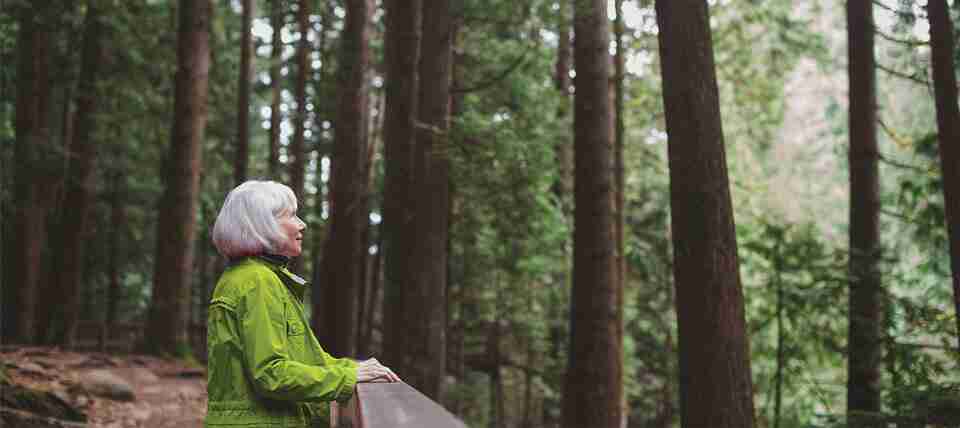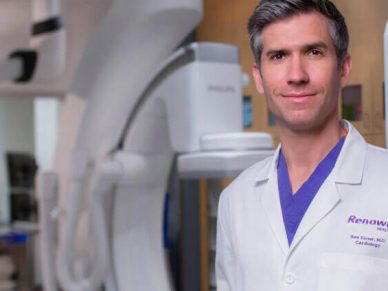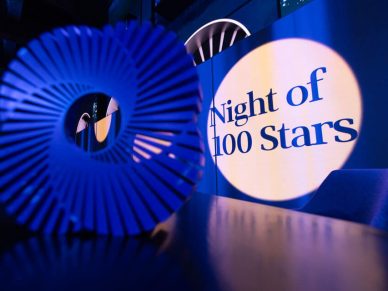Modernity, humility, and creativity come together at Sequoia Living

The evolving needs of contemporary seniors moves on a parallel track with technology development. The recognition that today’s 50-plus population bears scant resemblance to generations past is essential to developing modern, technology-forward continuing care retirement communities, or CCRCs.
For 60 years, Sequoia Living has served Northern California seniors with a range of service and residential living options in settings that range from the water’s edge to mountain shadows, covering an area from 150 miles north of San Francisco to San Jose.
The group’s life services for seniors include CCRCs in San Francisco, Marin, and Portola Valley, affordable housing for San Franciscan seniors in the heart of downtown, as well as rural residences. Sequoia Living Health Services offers skilled nursing, long-term care, short term rehabilitation, assisted living, and memory care to non-Sequoia Living residents. In addition, their Community Services division operates two senior centers. The San Francisco Senior Center (SFSC) is America’s longest operating nonprofit senior center, offering classes, workshops, fitness programs, nutritious lunches and critical social services to older adults at both its Aquatic Park and Downtown locations.
The understanding that meaningful service requires continual transformation is at the heart of the nonprofit’s efforts to offer best-in-class independent and assisted living, memory care, and skilled nursing residences.
“The essence of our mission is healthy aging and we want to serve older adults regardless of where live, it’s how they live that matters most,” CEO Sara McVey said. “As an organization we want to be always looking for ways we can be slightly better than we were yesterday for our staff and our customers. That means that we show up with our hearts and heads fully engaged.”
Poised on the leading edge of senior service provision, Sequoia Living developed a groundbreaking CCRC model designed to match the dynamism and high expectations of the populations they serve. Resident voices were central to the effort. “It’s really important that all residents have a seat at the table,” McVey stressed. “These folks have lived amazing lives. They’ve done incredible things, and their voices and perspectives are what makes Sequoia Living so good at what we do. We listen and spend time in the communities.”

A Place to Call Home
Real estate developer Dave Latina joined the organization as Chief Business Development Officer to create a user-centric model based on choice rather than merely offering bundled services. He launched a series of focus groups to work with Sequoia's operating teams, marketing teams, and residents to see what was working well in their communities and what could be improved. The resulting vision evolved from 16 months of hands-on research.
“We assembled a best-in-class consulting team to conduct due diligence and to execute the vision. That included Greenbrier Development Consulting, ProMatura Marketing Consultants, HKIT Architects, Lowney Architects, Harris and Associates Construction Management, Cahill Construction, Tazergy Technology Consultants, Gates and Associates Landscape Design, Hanson Bridgett Law Firm, and Paul Gordon, who is the godfather of continuing care retirement communities in California,” he reported. Efforts were bolstered by Cal Mortgage Finance Agency, which garnered the organization a AAA bond rating and the lowest financing rate ever granted to the organization.
Leadership learned that most retirees in the region planning to invest in a CCRC seek true independence, style, and dynamism with the security of supportive and flexible infrastructure designed to help them age in place. The traditional skilled nursing facility model where assisted and independent living units are bolted on to a traditional nursing home model—think limited living spaces, communal dining, and a decidedly institutional feel—would not serve the needs of this thriving population.
“People are living longer and healthier, and the skilled nursing model is no longer in demand,” he noted. “Most residents are able to live out their lives in independent living, assisted living, or memory care. A number of our residents go into skilled nursing for a short time for either post-surgery rehab or for end of life care, but we're not seeing people spending years in skilled nursing like we did 30 or 40 years ago. That just doesn't happen anymore.”
This fall, Sequoia Living will introduce its brand new $220 million mixed-use, multi-generational community Viamonte at Walnut Creek in Contra Costa County based on the new model. Consisting of condo quality units ranging in size from 800 to 1,600 square feet, Viamonte is designed for retirees aiming to downsize without downgrading their lifestyles. Each fully accessible unit features smart home technology with K4 Connect voice command, fully equipped modern kitchens, private baths with roll-in showers, and private patios or balconies. “The model we're bringing to our residents at Viamonte is state-of-the-art independent living in the luxury of your own condo-like apartment with access to care services should the need arise,” Latina said.
The refreshed CCRC template eliminates the expense of skilled nursing by offering transfer agreements to other Sequoia properties should the need arise for skilled nursing care. Each unit also has its own self-contained HVAC system, and the memory care and assisted living units are all private occupancy rooms, a prescient move that eliminates the complexities and health risks of shared environmental systems or shared occupancy rooms. Sequoia eschewed traditional wood frame construction in favor of all-concrete and steel construction, enabling residents to age in place and receive services longer in the privacy of their own apartment home, should they need either shorter term or longer term supportive care.

In addition to the stunning contemporary architecture, active amenities include generous outdoor living courtyards with outdoor dining, a fire pit, outdoor kitchen, bocce ball, with a 10-foot wide multi-purpose activity trail, a lap pool, full service gym, art room, a spa and salon, a demonstration kitchen and café/bar for social engagement, and a flexible dining program with abundant on- and off-site options.
As for Viamonte residents staying engage in their community, the vibrant Walnut Creek community features amenities such as the beautiful downtown shopping district known regionally for its top tier retailers and extensive dining choices, the Lesher Center for the Performing Arts, the beautiful Heather Farm Parks and Gardens, several golf courses, biking trails, and Mt. Diablo hiking trails are all within easy reach. A free shuttle delivers riders to the nearby BART rapid transit station that connects to San Francisco and surrounding areas, and private transportation options are readily available at Viamonte too.
“We're always looking to ‘one up’ ourselves at Sequoia Living,” McVey said. “We have over 700 staff members who bring their best selves to work each day and are empowered to look at what we do and think of ways we can do it even better. We cultivate a culture where Residents’ voices and opinions truly matter. This combination makes the organization successful at recruiting top talent making all of Sequoia Living’s communities a great place to work and live.”
Experience is the reward of aging. And for us at Sequoia Living, it’s what we celebrate every day.
We connect with the life experiences our residents and clients bring to us, leveraging our own six decades of service to older adults, in order to create new experiences that are joyful and life-affirming.
Corporate Office
1525 Post Street
San Francisco, CA 94109
Telephone 415.202.7800
Fax 415.922.2338
Website https://sequoialiving.org/














